Home>Dining>Table Decor>What Were Chinese Floral Arrangements Used For
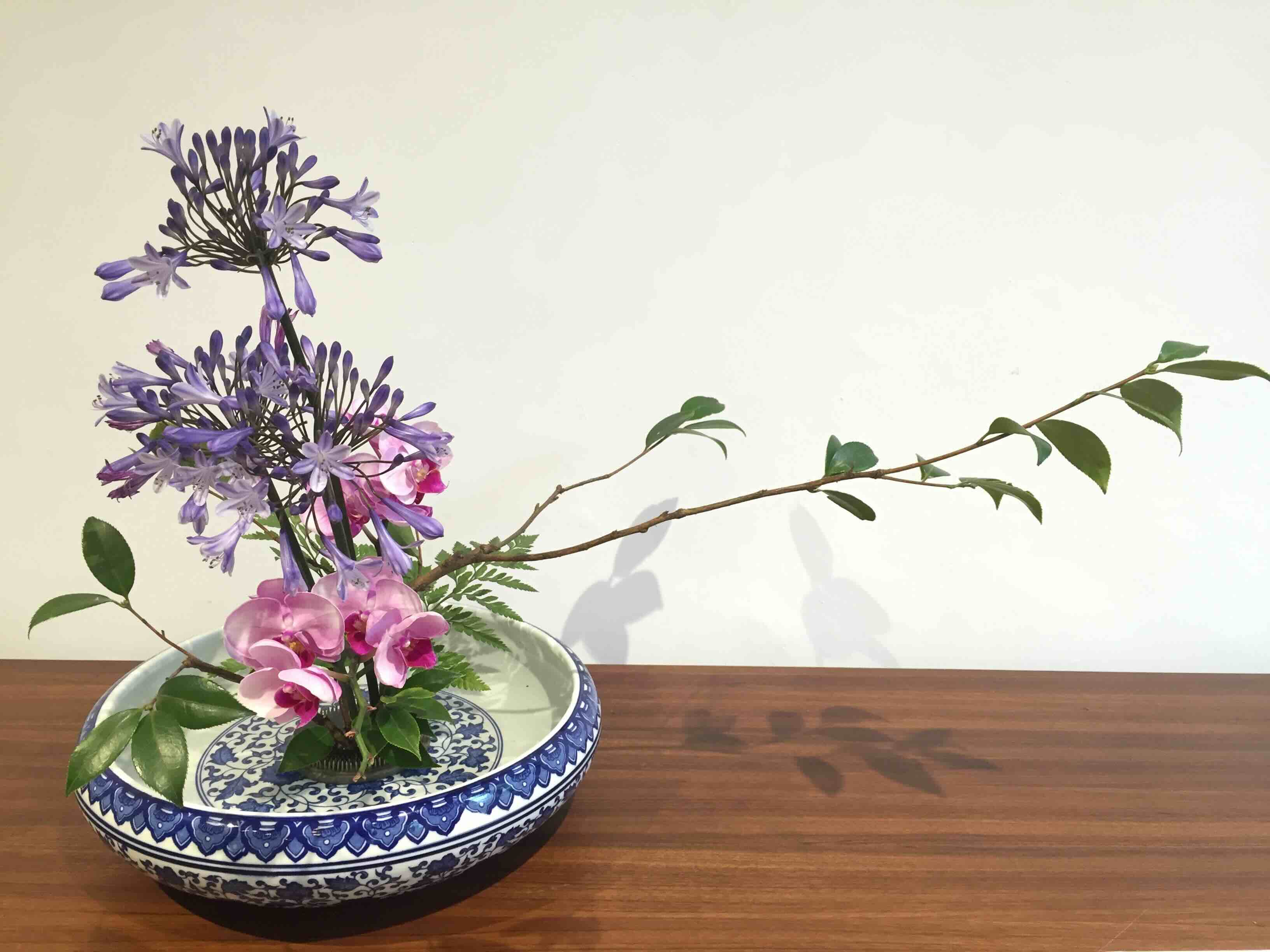

Table Decor
What Were Chinese Floral Arrangements Used For
Modified: December 7, 2023
Discover the history and significance of Chinese floral arrangements. Learn how these stunning table decors were used in ancient celebrations and cultural traditions.
(Many of the links in this article redirect to a specific reviewed product. Your purchase of these products through affiliate links helps to generate commission for Storables.com, at no extra cost. Learn more)
Introduction
Welcome to the wonderful world of Chinese floral arrangements! In this article, we will explore the rich historical background, symbolism, cultural significance, and contemporary use of these enchanting displays of nature’s beauty. Chinese floral arrangements have a long and storied history, rooted in tradition and infused with deep symbolism.
For centuries, these arrangements have been used to adorn homes, temples, and public spaces, bringing luck, harmony, and vitality to the surroundings. From grand ceremonial events to simple everyday decorations, Chinese floral arrangements have played a significant role in Chinese culture.
Whether you’re a flower enthusiast, an aspiring florist, or just curious about the cultural practices of different societies, this article will take you on a captivating journey through the world of Chinese floral arrangements. So, let’s dive in and discover the fascinating stories behind these artful displays!
Key Takeaways:
- Chinese floral arrangements have a rich historical background rooted in ancient rituals and evolving into a refined art form, blending Eastern and Western design principles.
- These artful displays hold immense cultural significance, reflecting Chinese philosophy, aesthetic values, and spiritual beliefs, and continue to enchant and inspire people around the world.
Read more: What Are Floral Arrangements
Historical Background of Chinese Floral Arrangements
The art of arranging flowers has been practiced in China for thousands of years, making it one of the oldest floral traditions in the world. Chinese floral arrangements have their roots in ancient rituals and ceremonies, where flowers were used as offerings to the gods and ancestors.
During the Tang Dynasty (618-907 AD), the practice of flower arranging started to evolve into a more refined art form. It was during this time that the concept of “Ikebana” or “The Way of Flowers” emerged, emphasizing the importance of simplicity and balance in floral design.
Throughout history, various dynasties introduced their unique approaches to floral arrangements. For example, the Song Dynasty (960-1279 AD) focused on naturalistic and poetic compositions, while the Ming Dynasty (1368-1644 AD) promoted more structured and symmetrical arrangements.
Chinese floral arrangements were not just limited to private spaces. They were often used in public settings, such as temples and palaces, to create an atmosphere of beauty and tranquility. The design principles of Chinese gardens, with their meticulous attention to detail and harmony, also influenced the art of floral arrangement.
During the Qing Dynasty (1644-1912 AD), European floral designs started to influence Chinese floral arrangements. Exotic flowers and plants were introduced, adding new elements and aesthetics to traditional compositions.
It was during the late 19th and early 20th centuries that Chinese floral arrangements began to incorporate Western floral design techniques. This fusion of Eastern and Western styles led to the development of a unique and vibrant floral art form that is still practiced today.
Despite the changes and influences over time, the essence and spirit of Chinese floral arrangements have remained deeply rooted in tradition. These arrangements continue to be created with a deep appreciation for nature and a desire to convey symbolic meaning through the arrangement of flowers.
Symbolism and Meaning in Chinese Floral Arrangements
Chinese floral arrangements are not just decorative displays; they carry profound symbolism and meaning. Each flower, foliage, and even the way they are arranged conveys a specific message or represents a particular sentiment in Chinese culture.
One of the most important aspects of Chinese floral arrangements is the choice of flowers. For example, the peony, often referred to as the “King of Flowers,” symbolizes wealth, honor, and prosperity. It is commonly used in celebrations and auspicious occasions.
The lotus flower holds great significance in Chinese culture. It represents purity, enlightenment, and spiritual growth. The lotus is often depicted in traditional Chinese paintings and is a popular choice for arrangements in temples and meditation spaces.
Plum blossoms are widely admired and symbolize resilience and perseverance. They are associated with the arrival of spring and are often used in New Year celebrations to represent new beginnings and good fortune.
Aside from individual flowers, the overall arrangement and composition also convey meaning. The concept of Yin and Yang, the balance between opposing forces, is often portrayed in Chinese floral arrangements. The arrangement should have a sense of harmony, with contrasting elements balancing each other.
Additionally, the number of flowers used in an arrangement also holds significance. Odd numbers, particularly the number three, are considered lucky and represent growth and expansion. Five is a number associated with the five elements (wood, fire, earth, metal, and water) and is believed to bring balance and harmony.
Color plays a vital role in Chinese floral arrangements as well. Each color has its symbolic meaning. Red represents good luck and joy, while yellow symbolizes vitality and happiness. White is associated with purity and mourning, often used in funerals or to pay respects to ancestors.
Furthermore, the way flowers are arranged also carries meaning. For example, a circular arrangement represents unity and perfection, while a triangular arrangement symbolizes stability and strength.
It is this intricate symbolism and attention to detail that makes Chinese floral arrangements not only visually stunning but also deeply meaningful and culturally significant.
Chinese floral arrangements were used for various purposes, including religious ceremonies, festivals, and as decorations for homes and public spaces. They were also used to convey specific meanings and symbolism, such as good fortune, prosperity, and harmony.
Cultural Significance of Chinese Floral Arrangements
Chinese floral arrangements hold immense cultural significance in Chinese society. They are not merely decorative elements but are considered a reflection of the Chinese philosophy, aesthetic values, and spiritual beliefs.
In Chinese culture, the act of arranging flowers is seen as a harmonious union between humans and nature. It is believed that through the careful selection and arrangement of flowers, one can establish a connection with the natural world and bring positive energy into their environment.
Chinese floral arrangements are closely tied to the practice of Feng Shui, the ancient Chinese system of creating harmonious surroundings. According to Feng Shui principles, the placement of flowers in specific areas can help attract positive energy (Qi) and create a balanced and harmonious atmosphere.
Moreover, Chinese floral arrangements are an integral part of various celebrations and rituals. They are used to mark important occasions such as weddings, birthdays, and religious ceremonies. These arrangements are believed to bring good luck, prosperity, and happiness to the celebratory events.
Funerals and memorial services also incorporate floral arrangements. In these somber occasions, white flowers are commonly used to pay respects to the deceased and offer solace to the bereaved. The choice of flowers and their arrangement can vary based on regional traditions and personal preferences.
Beyond personal and ceremonial contexts, Chinese floral arrangements are often seen in public spaces, such as temples and gardens. These arrangements are intended to create a sense of tranquility, beauty, and spiritual connection. Visitors can appreciate the artistry of the arrangements while immersing themselves in an atmosphere of serenity.
Furthermore, Chinese floral arrangements are not limited to fresh flowers but also include the use of dried flowers and other plant materials. The use of dried flowers signifies longevity, as they are capable of lasting for an extended period. This practice aligns with the Chinese belief in auspiciousness and the desire for a prosperous and enduring life.
The cultural significance of Chinese floral arrangements extends beyond the borders of China. Chinese communities around the world continue to embrace and uphold these traditions. They serve as a way to connect with their Chinese heritage, preserve cultural identity, and promote a sense of unity within the community.
Overall, Chinese floral arrangements are a reflection of Chinese culture’s deep-rooted appreciation for nature, aesthetics, and spiritual connections. They are a visual representation of the values and beliefs that have been nurtured for centuries, adding beauty, harmony, and meaning to the lives of those who embrace them.
Contemporary Use of Chinese Floral Arrangements
While Chinese floral arrangements have a rich historical background, they continue to play a significant role in contemporary Chinese culture. Today, these artful displays are seen in a variety of settings, from homes and businesses to public events and exhibitions.
In the domestic sphere, Chinese floral arrangements are used to enhance the aesthetics of homes and create a harmonious living environment. They are often placed in prominent areas such as entryway tables, dining tables, and living room mantles, becoming focal points that add color, fragrance, and vitality to the space.
Chinese floral arrangements are also commonly found in hotels, restaurants, and other commercial establishments. These businesses understand the appeal and cultural significance of these arrangements, using them to create a welcoming and visually appealing ambiance for their customers.
In addition to private and commercial spaces, Chinese floral arrangements are prevalent in public events and celebrations. From weddings and banquets to festivals and cultural exhibitions, these arrangements contribute to the festive atmosphere and serve as stunning backdrops for photographs and gatherings.
Chinese floral arrangements are also increasingly used in international events and cross-cultural activities. As Chinese culture gains global recognition and appreciation, these arrangements are being incorporated into various events to showcase the beauty and uniqueness of Chinese aesthetics.
The art of Chinese floral arrangements has also evolved to keep up with modern lifestyles and trends. Florists and designers experiment with different flower combinations, incorporating contemporary elements such as unique vases, unconventional plant materials, and innovative floral structures.
Technology has also influenced the contemporary use of Chinese floral arrangements. Digital platforms and social media allow for the sharing and widespread appreciation of these art forms. It is not uncommon to find online communities and platforms dedicated to Chinese floral arrangement enthusiasts, where they can share their creations and exchange ideas.
Furthermore, Chinese floral arrangements have expanded beyond traditional flowers. Some arrangements now incorporate aspects of Chinese culture such as calligraphy, traditional artwork, or even miniature figurines representing cultural symbols. These additions add depth and storytelling elements to the arrangements.
In summary, Chinese floral arrangements continue to be relevant and cherished in contemporary Chinese society. They are utilized in various settings, from private homes to public events, and have adapted to incorporate modern trends and technologies. The continued appreciation and evolution of Chinese floral arrangements showcase the enduring beauty and cultural significance of this ancient art form.
Conclusion
Chinese floral arrangements are not just mere decorations, but beautiful embodiments of rich cultural heritage, symbolism, and artistic expression. They have captivated people for centuries, with their intricate designs and meaningful compositions. From ancient rituals to contemporary settings, Chinese floral arrangements continue to hold immense significance in Chinese culture.
The historical background of Chinese floral arrangements reveals a long-standing tradition rooted in ancient rituals and evolving into a refined art form. Throughout dynasties, the techniques and styles have been shaped by different influences, resulting in a unique blend of Eastern and Western design principles.
Symbolism and meaning are at the core of Chinese floral arrangements, with each flower, color, and arrangement holding special significance. Whether conveying luck, prosperity, resilience, or unity, these arrangements seek to establish a harmonious connection between humans and nature.
The cultural significance of Chinese floral arrangements extends beyond personal and ceremonial contexts. They are woven into the fabric of daily life, bringing beauty and tranquility to homes, emphasizing Feng Shui principles, and creating a sense of serenity in public spaces such as temples and gardens.
In contemporary Chinese society, Chinese floral arrangements continue to be cherished and utilized in various settings. They add elegance to homes, enhance the ambiance of businesses, and contribute to the festive atmosphere of events and celebrations. With the integration of modern trends, technology, and cultural elements, Chinese floral arrangements remain relevant and engaging in the fast-paced world.
As we conclude our exploration of Chinese floral arrangements, we are reminded of the enduring beauty and cultural significance they hold. These artful displays serve as a tangible representation of Chinese culture’s deep connection with nature, aesthetics, and spiritual beliefs. Whether appreciating them for their beauty, cultural importance, or personal meaning, Chinese floral arrangements continue to enchant and inspire people around the world.
So, next time you come across a Chinese floral arrangement, take a moment to appreciate the artistry, symbolism, and centuries-old traditions that have shaped this fascinating facet of Chinese culture.
Frequently Asked Questions about What Were Chinese Floral Arrangements Used For
Was this page helpful?
At Storables.com, we guarantee accurate and reliable information. Our content, validated by Expert Board Contributors, is crafted following stringent Editorial Policies. We're committed to providing you with well-researched, expert-backed insights for all your informational needs.
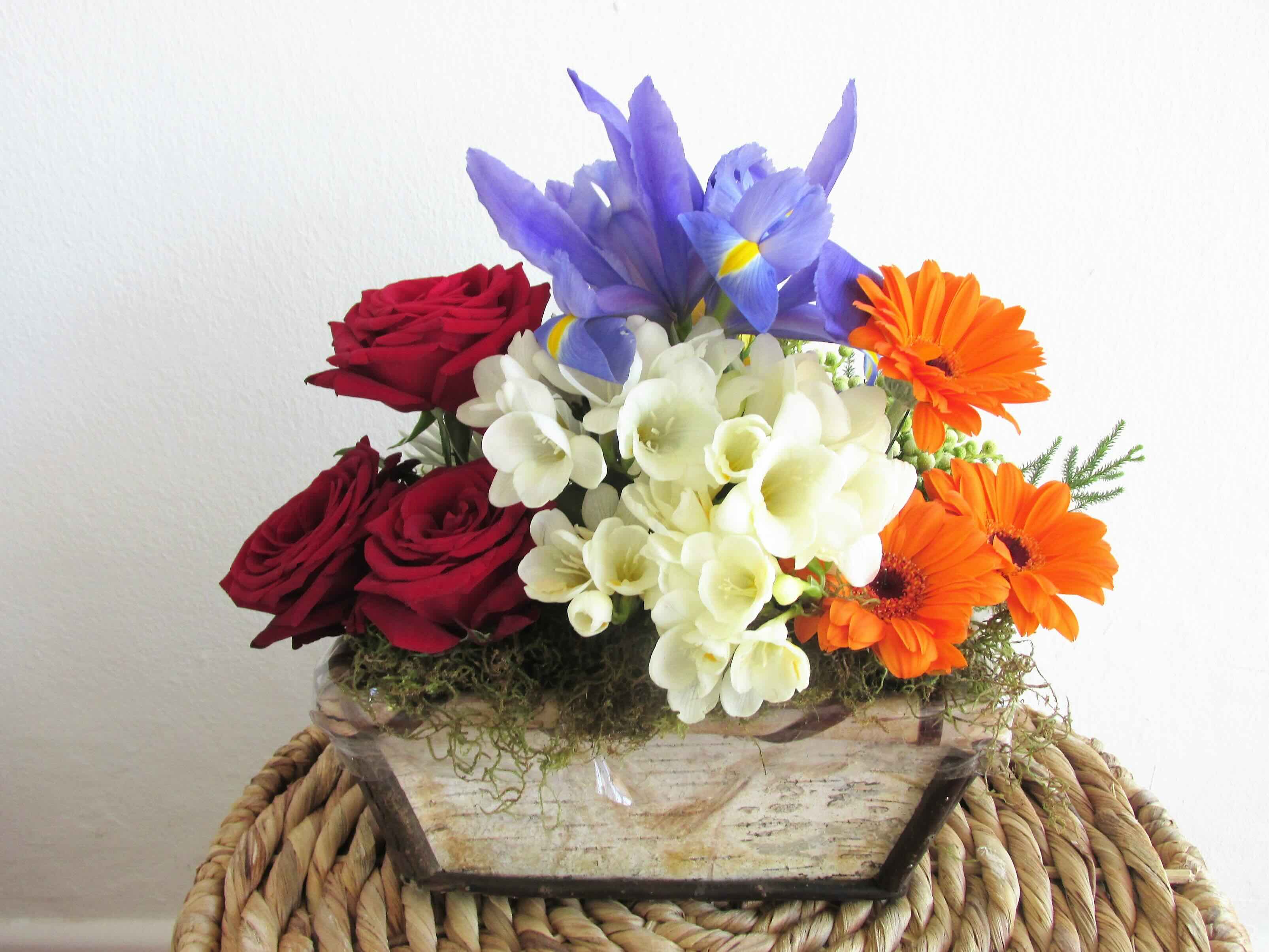
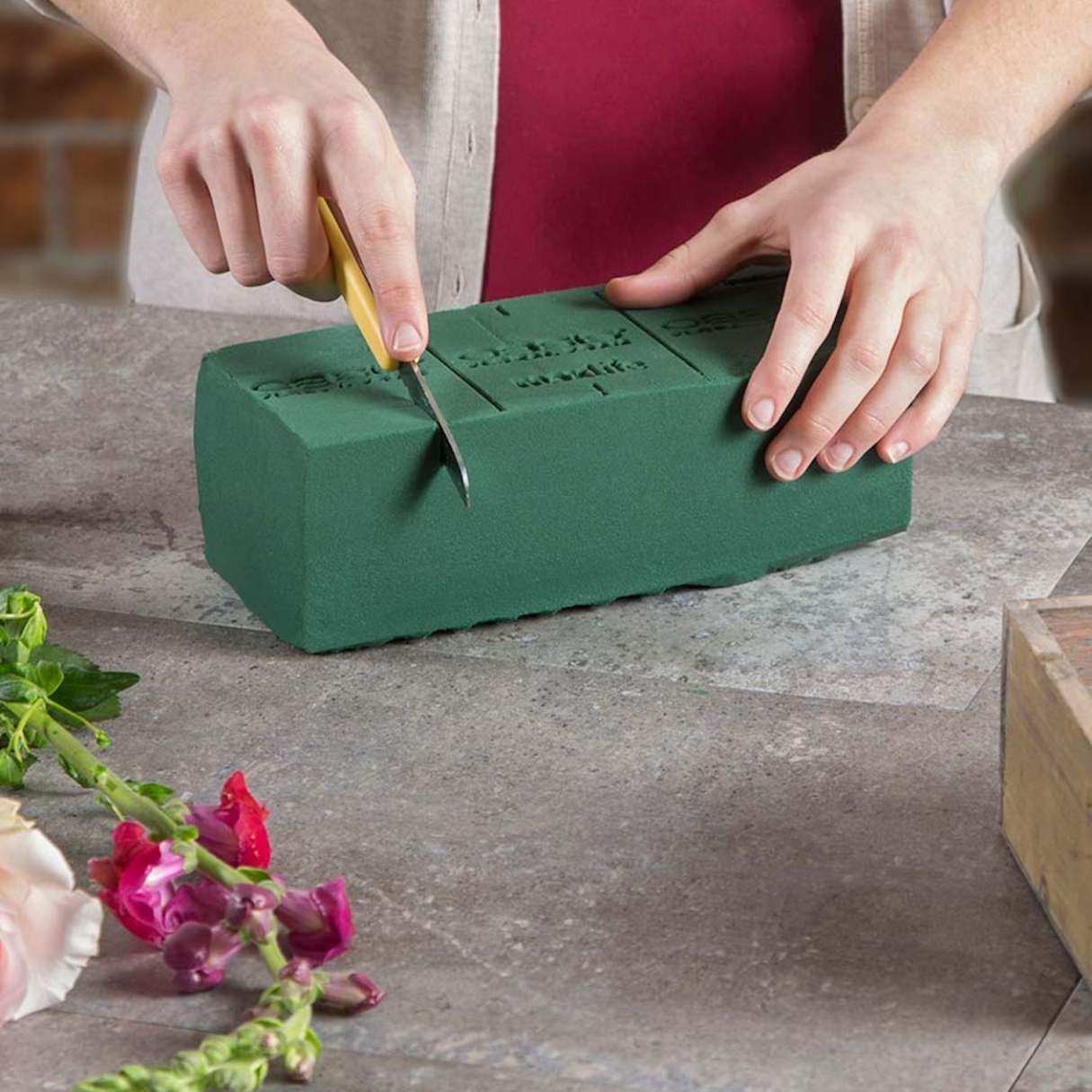

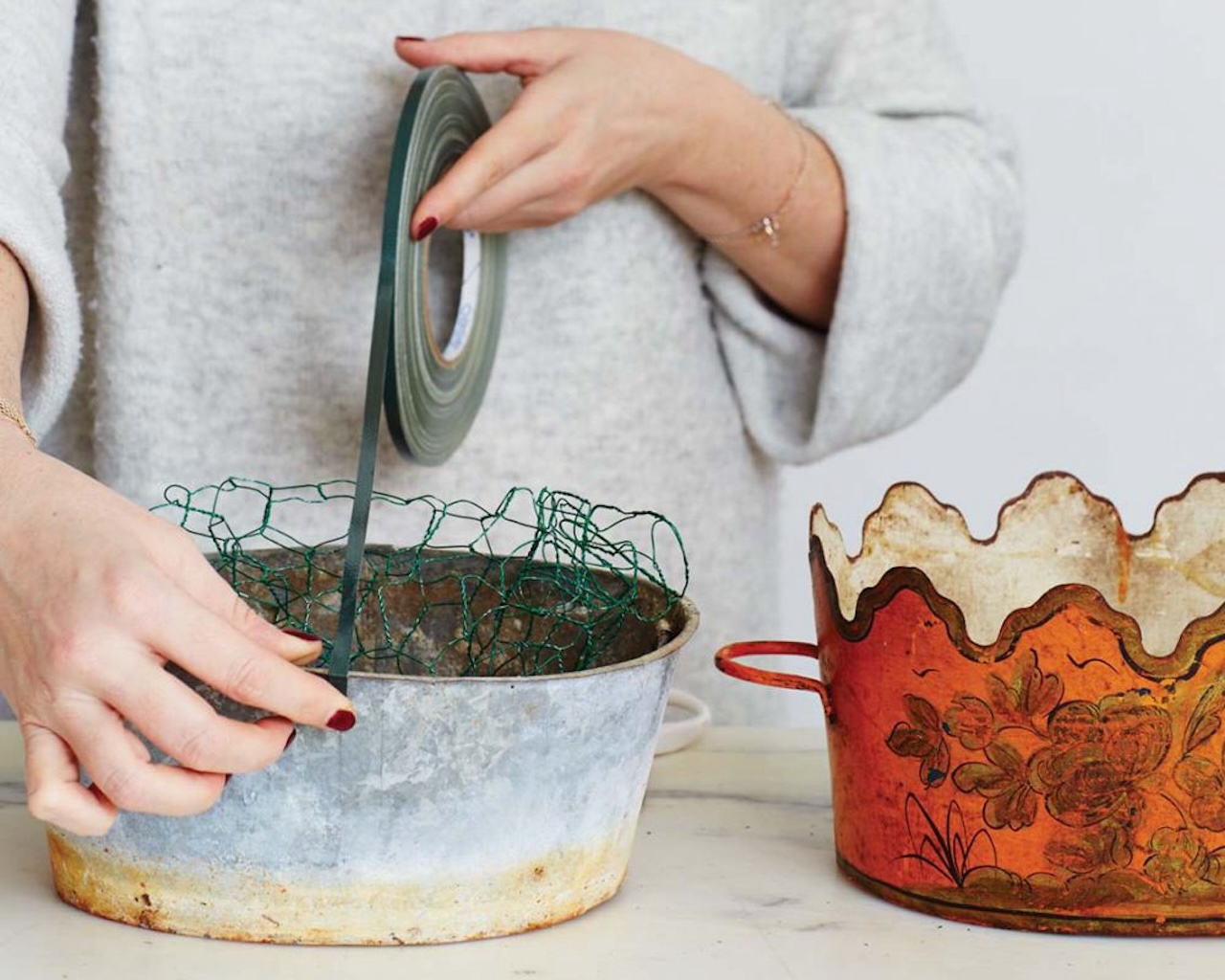
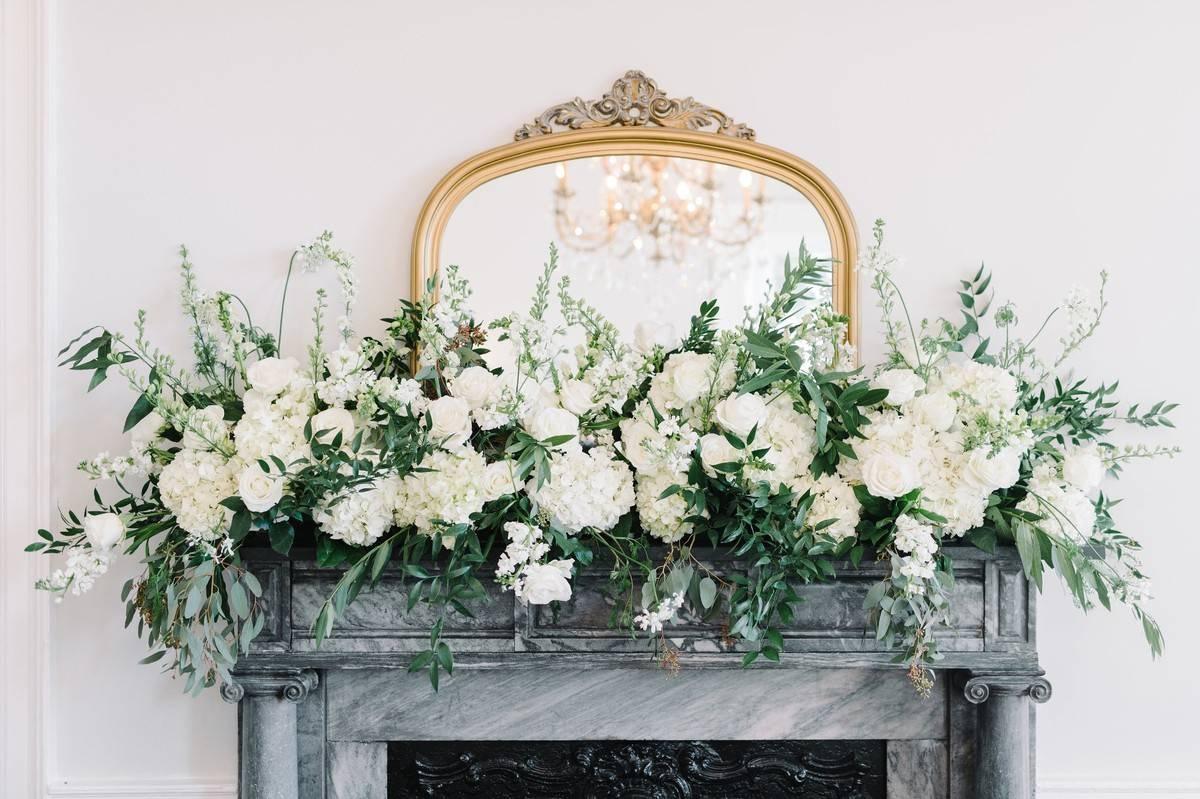
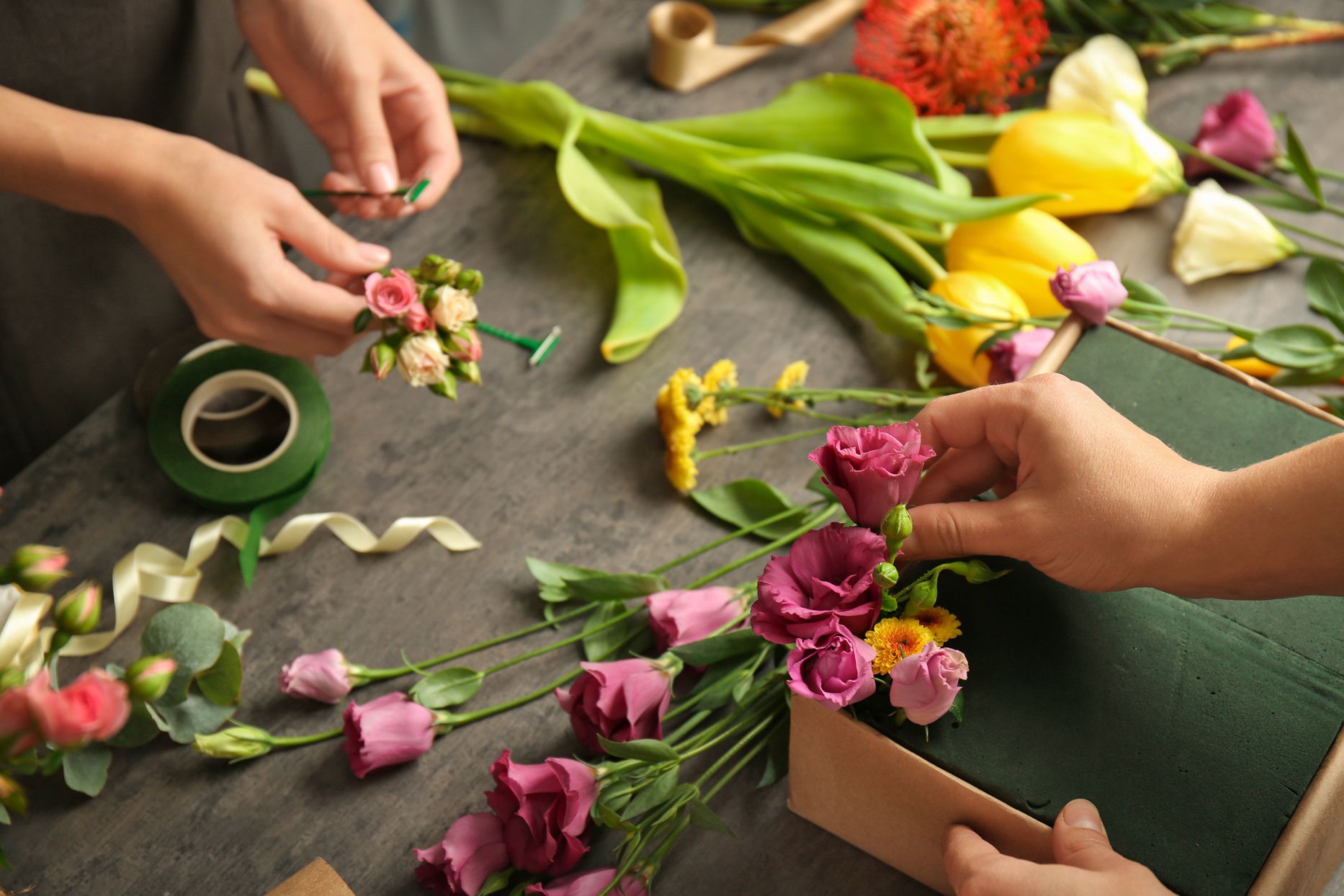

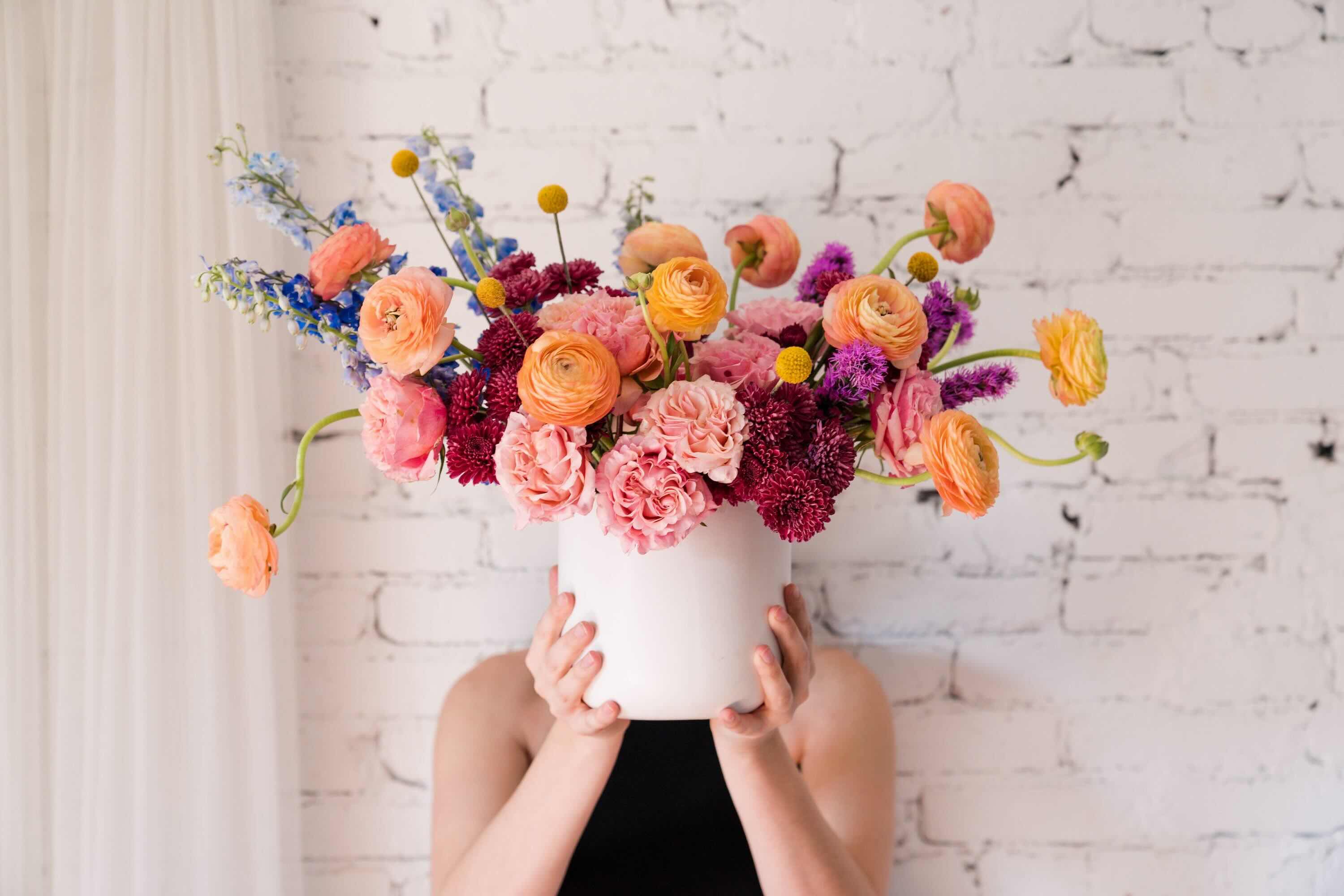
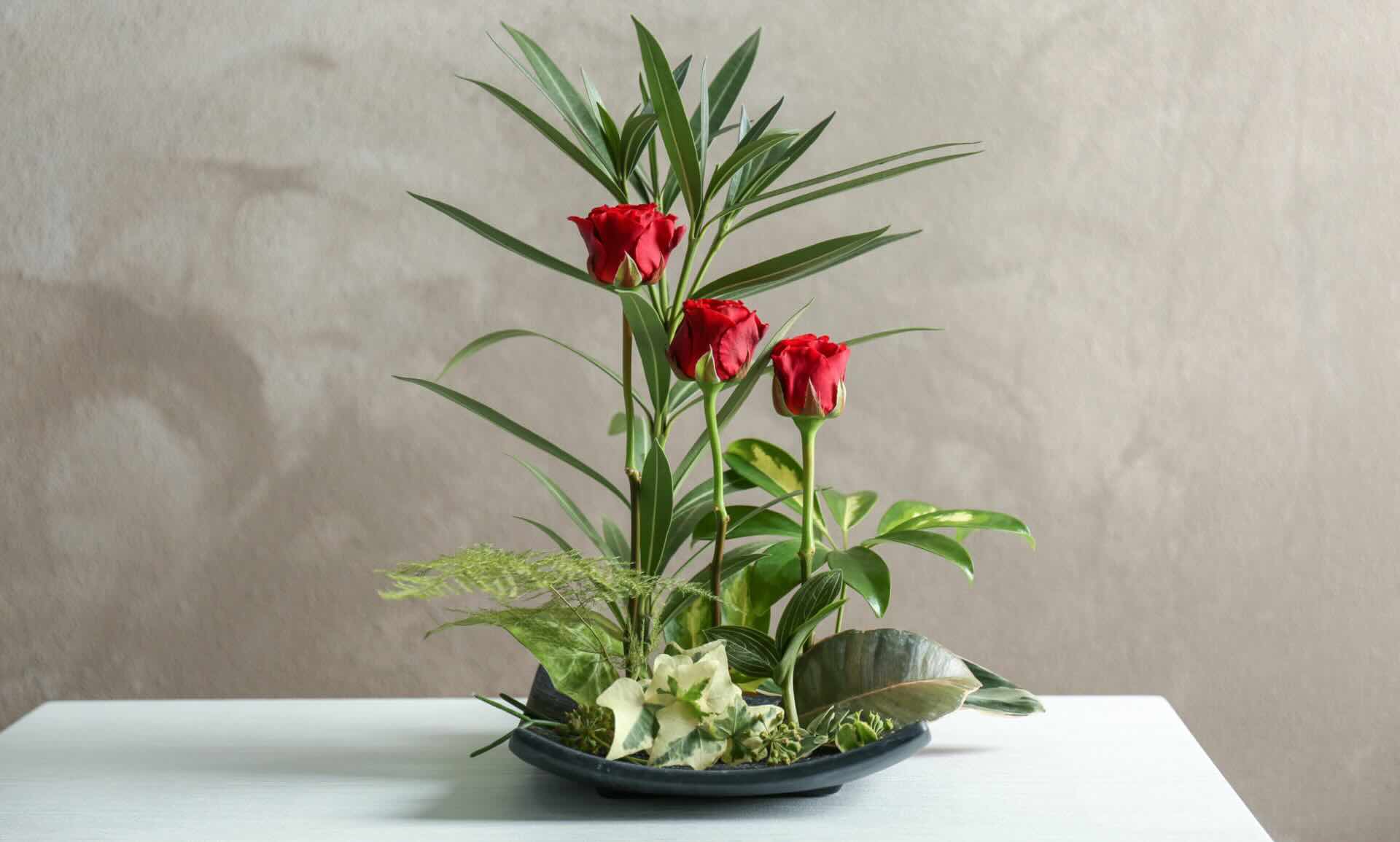
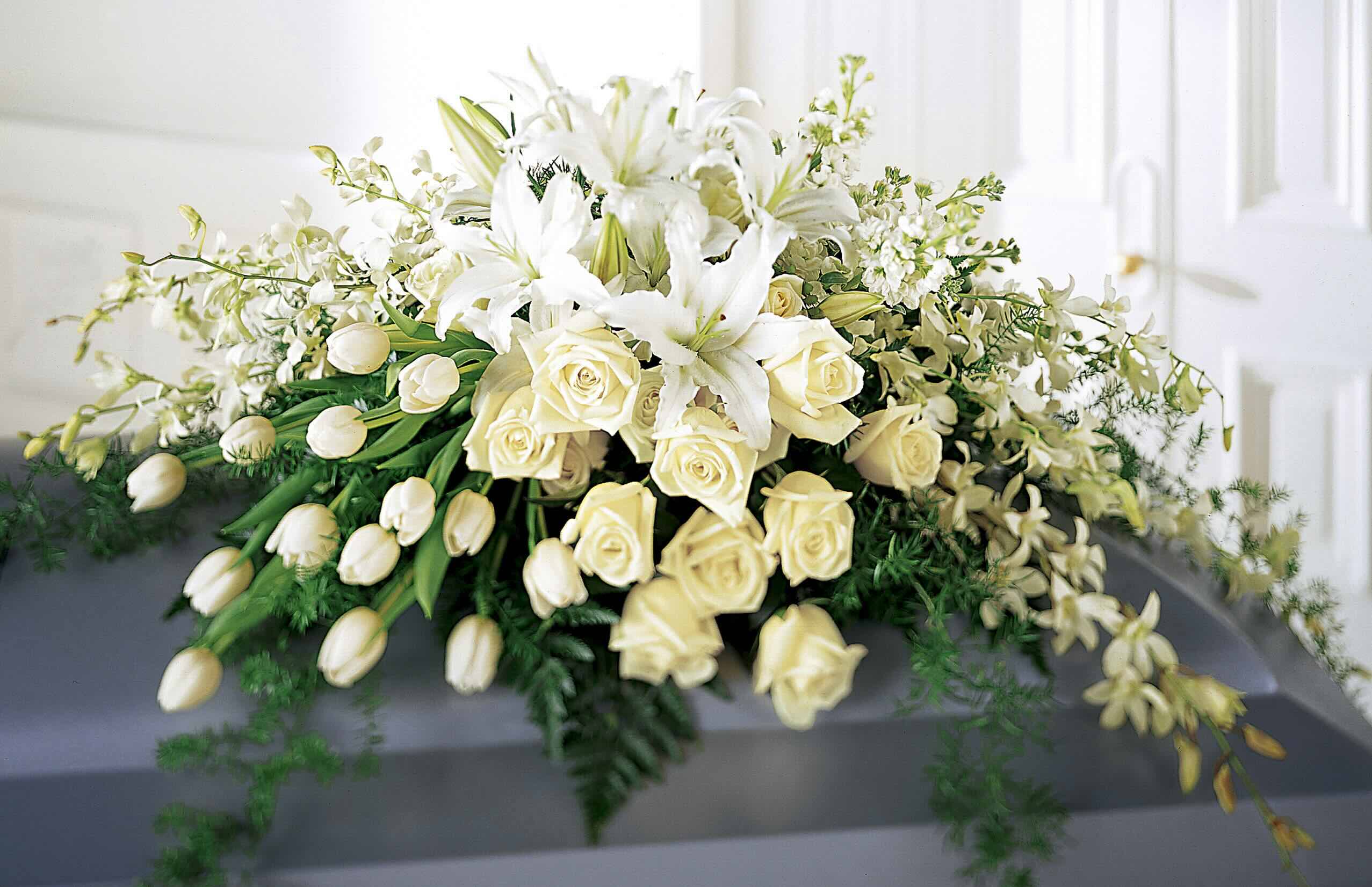
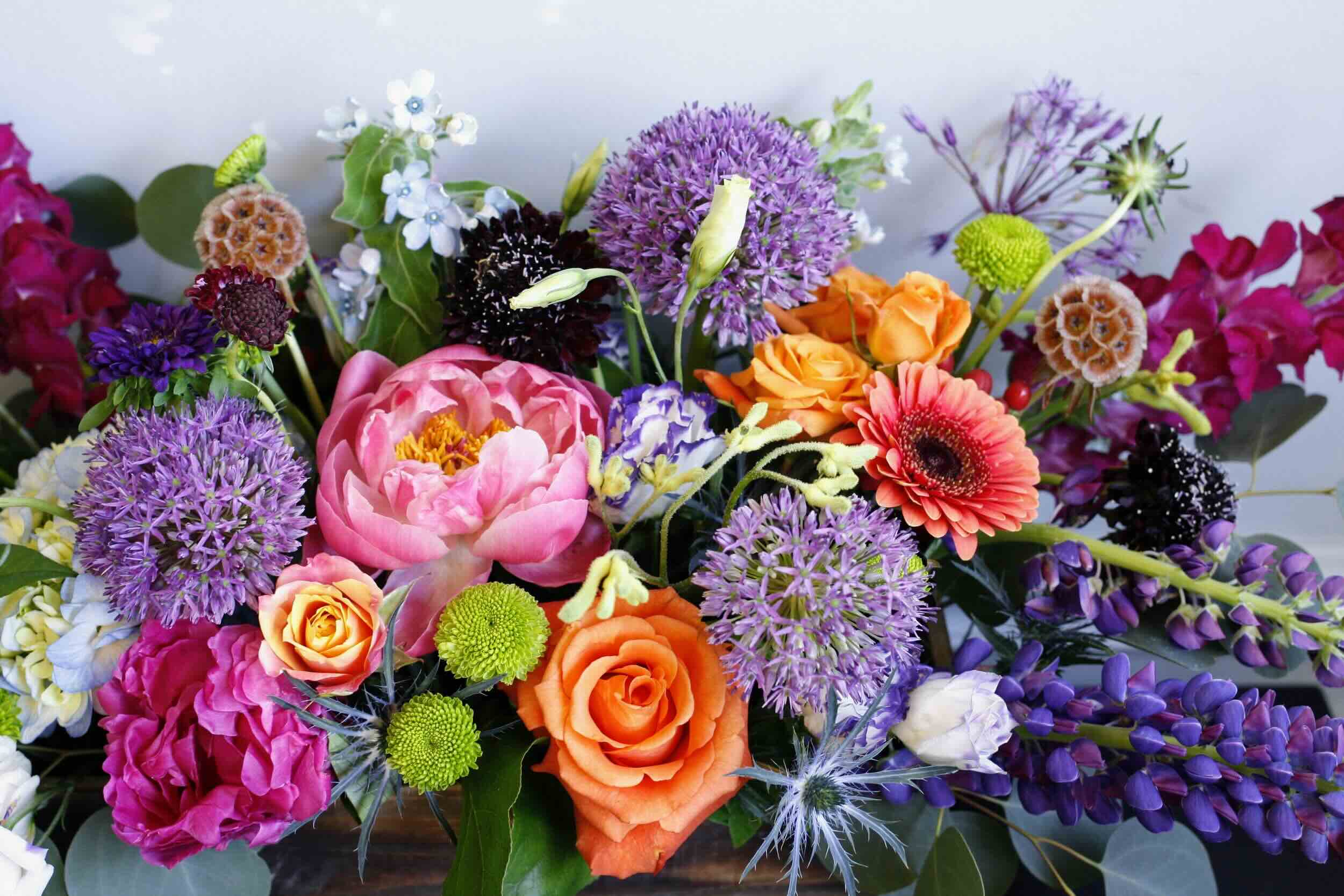
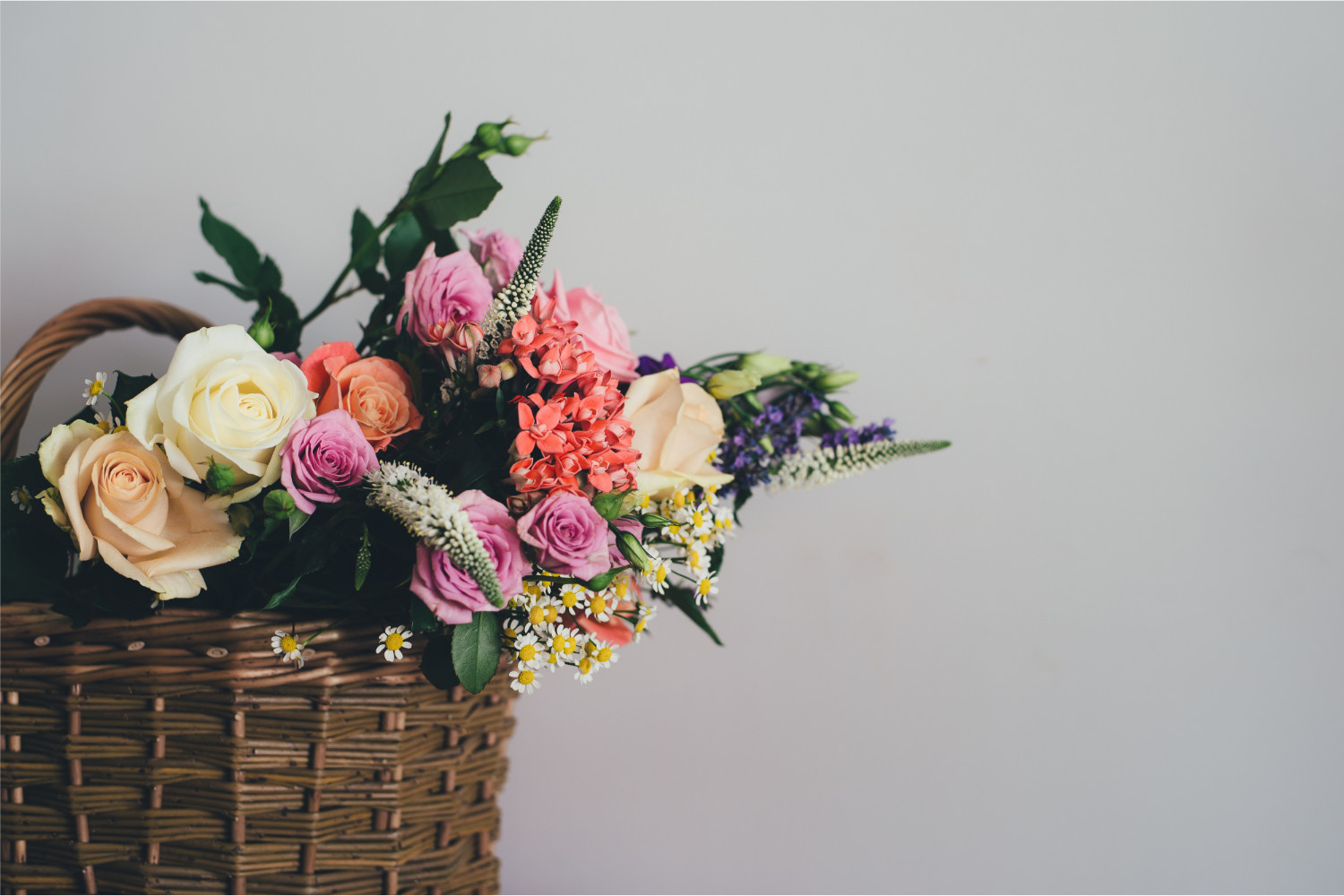
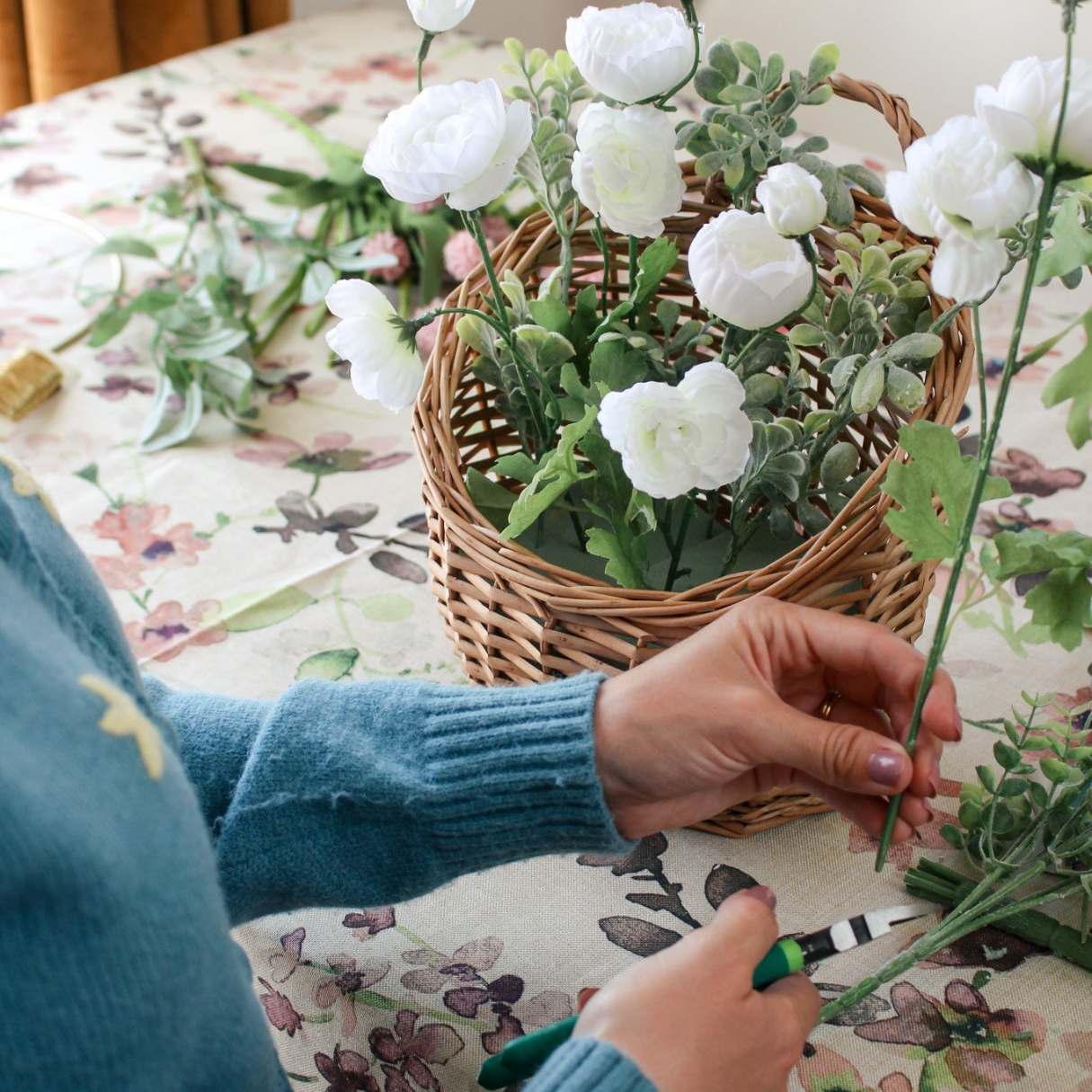
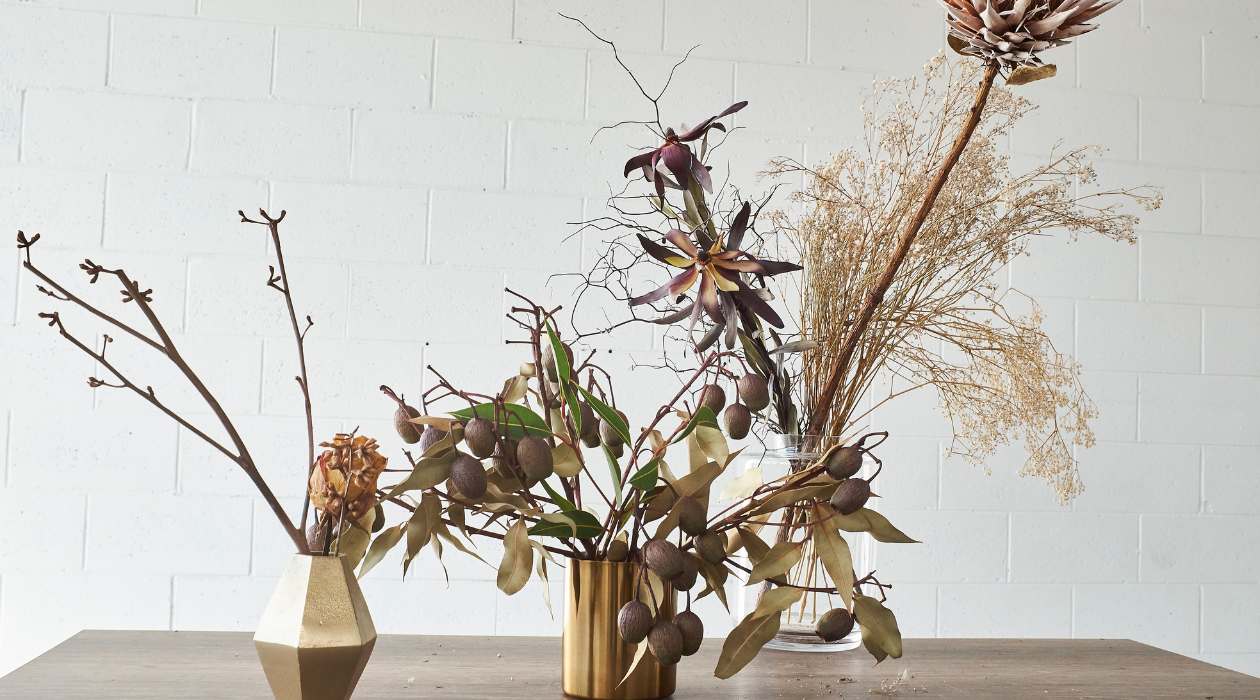

0 thoughts on “What Were Chinese Floral Arrangements Used For”